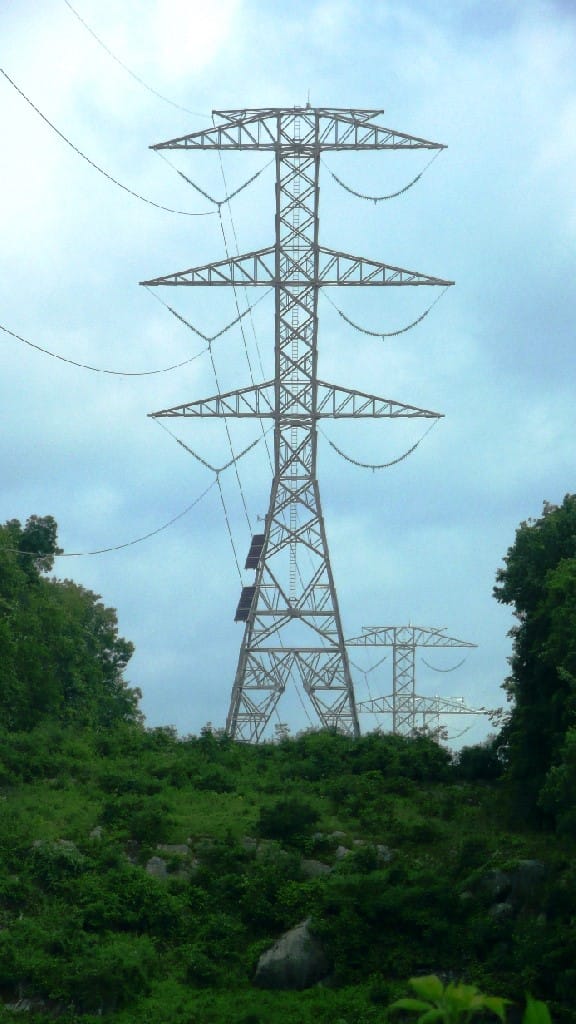EFS Use Case: FAA Warning Lights
IGIN-EFS for FAA Obstruction Light Monitoring & Radar Control
Use Case
Aircraft Detection Lighting System (ADLS) requiring monitoring and control of FAA obstruction lights with radar notification of nearby aircraft.
Customer Size
Large Electric Utility
Utility’s Primary Concern
Permits for transmission line upgrade with conflicting regulations
- FAA Lighting
- Minimize lighting for migratory birds
System Requirements
- Cyber-security
- Consolidation of multiple lighting systems
- Aircraft-detection radar integration
- Connectivity over hybrid fiber & radio links with failsafe
- HMI for utility users
- Ability to accommodate new technologies
Solution
Enterprise to Field System™ Platform
- Security – 256-bit end-to-end encryption, authentication, audit trail and other security features
- Single platform supporting security, all protocols, communication and connectivity
- Radar integration for light ON/OFF control with Failsafe
- Secure engineering access to HMI screens
- Other user-defined applications

Background
In the late 2000’s, a large utility customer of DigitaLogic’s was upgrading a forty-six-mile 230kV transmission line to 500kV. The line passed nearby small airports and crossed a large river. As part of the upgrade, the FAA required the utility to add obstruction lights to 29 of the structures. The line passed through an environmentally sensitive area and the National Park authorities along with environmentalists objected to the FAA lights as there would be an adverse effect on local wildlife and migratory birds. Construction was delayed by almost two years while the utility searched for an answer.
The resolution that was finally accepted by all parties was to implement an Aircraft Detection Lighting System (ADLS). An ADLS would turn the lights ON whenever an aircraft approached the structures and would keep them OFF when no aircraft were nearby, meaning less disturbance for wildlife.
Deploying the ADLS brought its own challenges as it was considered a “new technology” at the time. The primary ADLS vendor required fiber connectivity to all lighting sites and the utility was reluctant to introduce a large number of fiber splices into its OPGW (Optical Ground Wire). This was not the preferred solution.
EFS Solution
The utility had an existing EFS platform for monitoring FAA Obstruction Lights. The EFS’s ability to accommodate new technologies (i.e. radar) and deliver hybrid fiber/radio connectivity that would pass ON/OFF controls to the lights virtually instantaneously providing the optimum solution for ADLS connectivity.
The EFS would:
- Connect to a third-party radar system that would monitor the local airspace for approaching aircraft
- Provide a Failsafe application that would constantly monitor all communication links and automatically turn the lights ON in the event of either equipment, telecommunication or other failure
- Monitor the health of the FAA lights and their solar power systems (the FAA lights were to be powered by independent solar/battery systems)
- For security, deliver 256-bit end-to-end encryption, authentication, audit trail and other security features
- Provide a secure HMI, reporting functionality and any other applications required by the users
- The EFS server would be located in a secure location with fiber connections to the towers with the pre-designated splice points. These towers would have “Master Radios” that would connect to the adjacent lighted towers via 900MHz Spread Spectrum. The EFS as a unique ability to “broadcast” the ON/OFF controls to groups of towers meaning that all of the towers in the group simultaneously receive the command to turn ON or OFF.
Conclusion
The EFS continues to deliver a comprehensive solution that has enabled the utility to fulfil its objectives regarding security, and future-proofing. As of 2021, the EFS platform monitors, controls and supports a large number of sites over a hybrid network with fiber, MPLS, cellular and radio links. Sites include:
- The ADLS with 29 lighted and 2 unlighted sites:
- Radar System – connectivity and monitoring connectivity performance
- FAA Lights – delivering ON/OFF controls over broadcast health of lights
- Solar Power System – monitoring health of solar system, batteries, etc.
- Health of radios and other communication network equipment
- The health of 41 FAA lights and their associated power systems, communication assets on multiple structures across the service territory, and
- Video monitoring of lighted marker balls on a river crossing
The utility continues to add more FAA lighting sites and the EFS provides the ability add any other technology that may be required for monitoring the transmission system or related assets.















